1493: Uncovering the New World Columbus Created - PDF
1493: Uncovering the New World Columbus Created - PDF
Tax included. No shipping required.
Couldn't load pickup availability
 368 Downloads - 735 Pages
368 Downloads - 735 Pages
 Multi-Device Compatibility
Multi-Device Compatibility
 24/7 Customer Service
24/7 Customer Service
NATIONAL BESTSELLER
• A deeply engaging history of how European settlements in the post-Colombian Americas shaped the world—from the highly acclaimed author of 1491.
• "Fascinating...Lively...A convincing explanation of why our world is the way it is." —The New York Times Book Review
From the author of 1491—the best-selling study of the pre-Columbian Americas—a deeply engaging new history of the most momentous biological event since the death of the dinosaurs.
Presenting the latest research by biologists, anthropologists, archaeologists, and historians, Mann shows how the post-Columbian network of ecological and economic exchange fostered the rise of Europe, devastated imperial China, convulsed Africa, and for two centuries made Mexico City—where Asia, Europe, and the new frontier of the Americas dynamically interacted—the center of the world. In this history, Mann uncovers the germ of today's fiercest political disputes, from immigration to trade policy to culture wars. In 1493, Mann has again given readers an eye-opening scientific interpretation of our past, unequaled in its authority and fascination.
This is a PDF version, not a hardcover book!
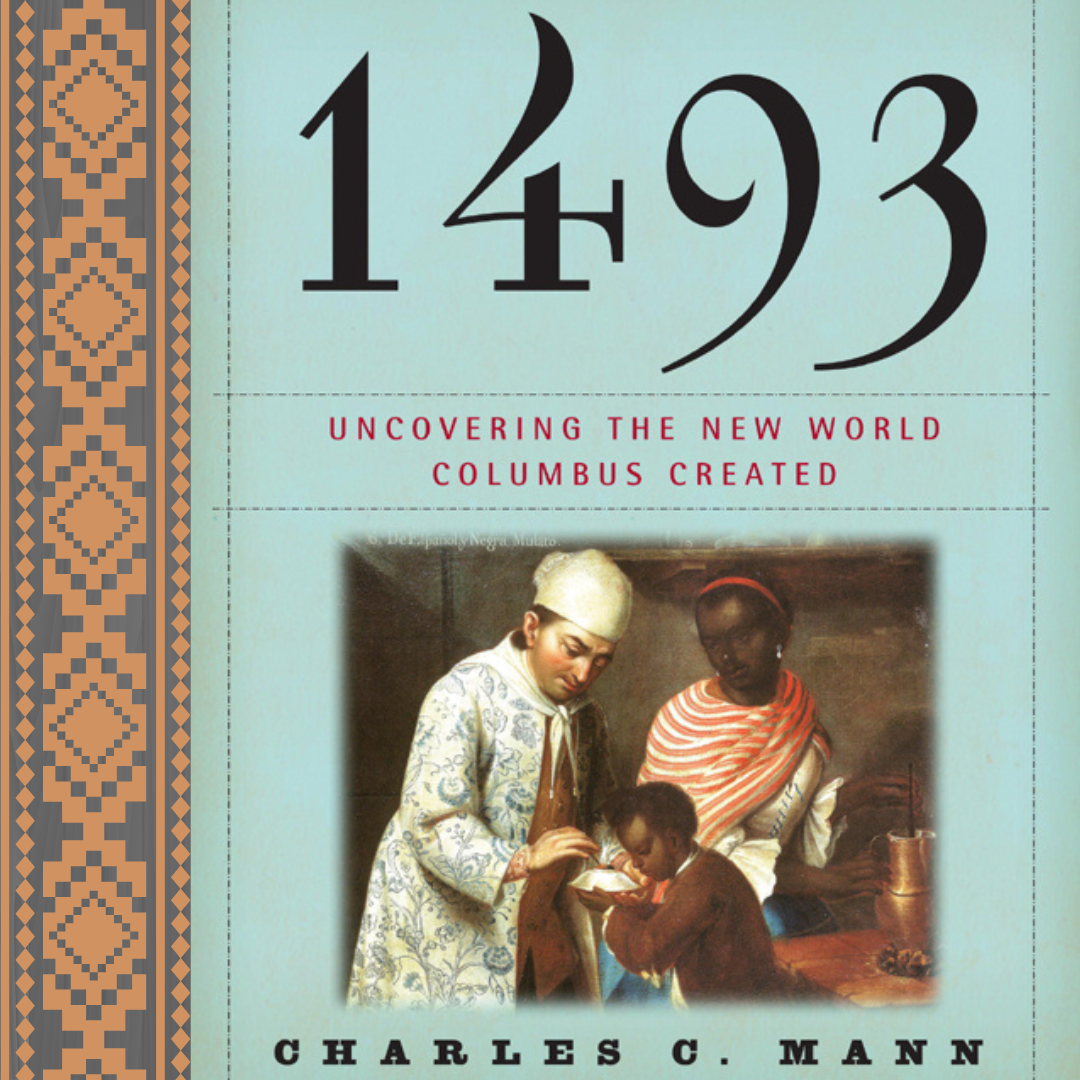
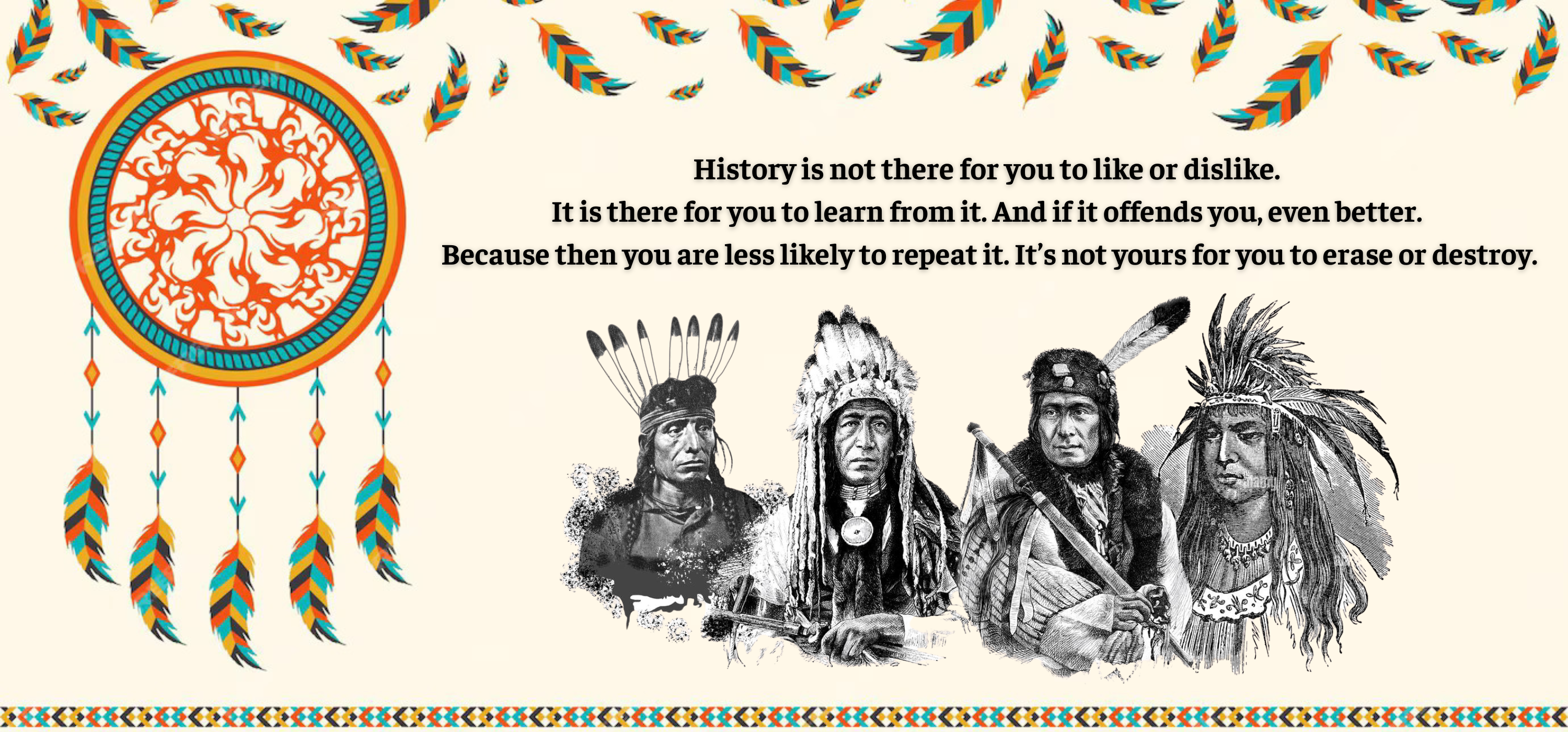
Book available on all devices!
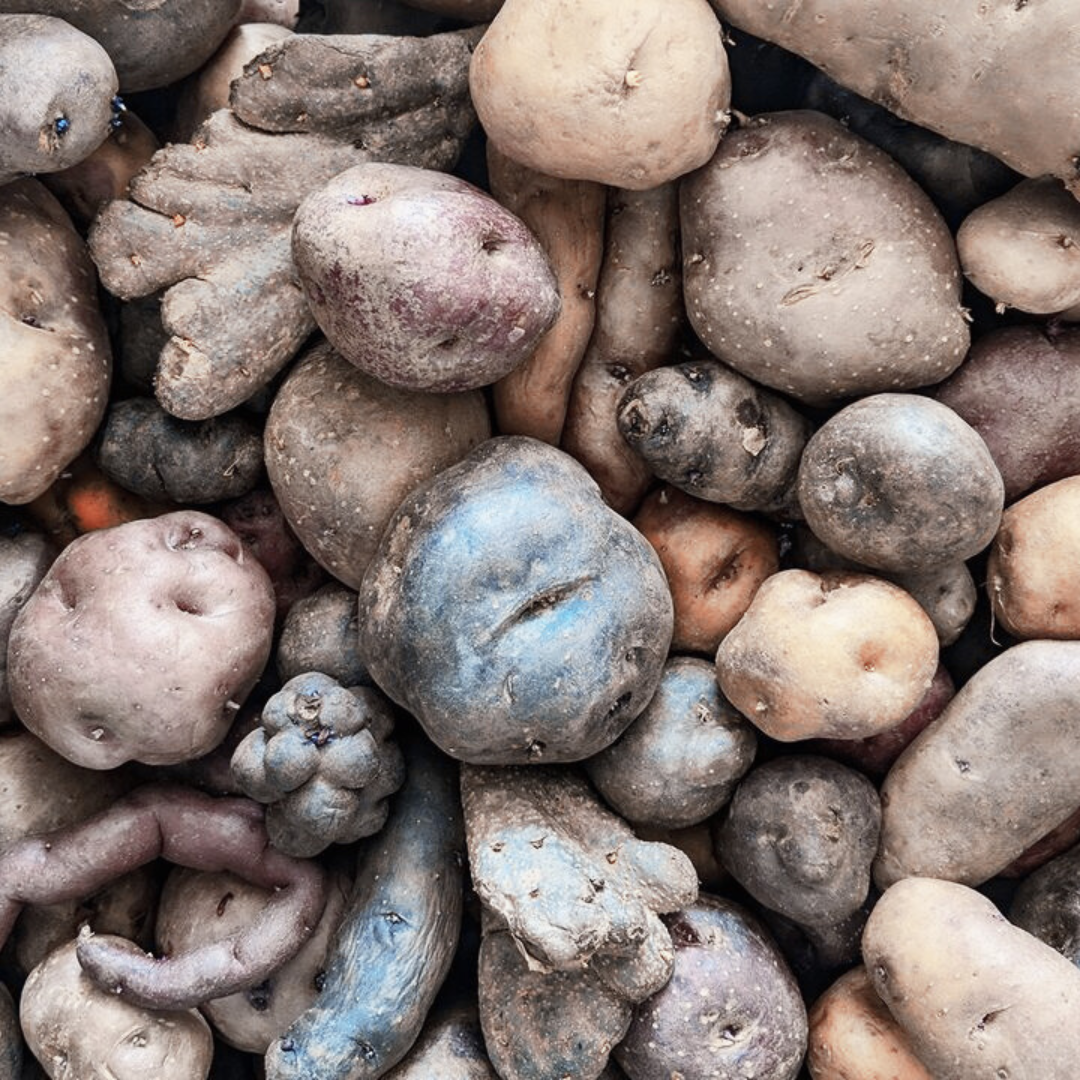
Potatoes and the Agricultural Revolution
The introduction of the potato from the Americas transformed global agriculture by increasing food security and fueling population growth, especially in Europe and China. However, its monoculture also led to vulnerabilities, as seen in the Irish Potato Famine. Mann highlights how a single crop reshaped economies, migration patterns, and national stability.
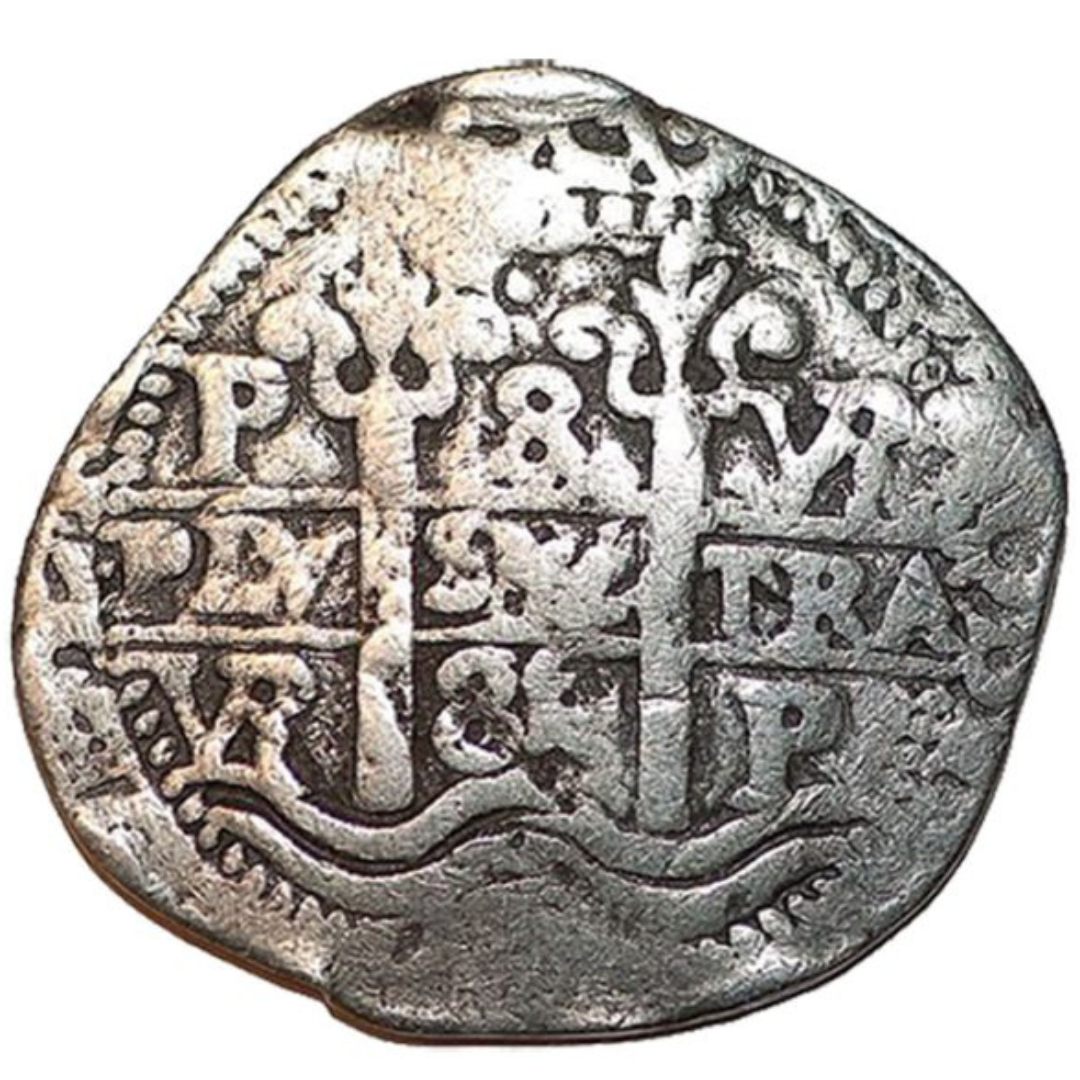
Silver from South America and the Birth of Global Trade
Silver from South America, particularly Potosí, became the backbone of the first global trade system, linking the Americas, Europe, and Asia. Spain financed its empire with silver, while China’s economy increasingly depended on it. However, this economic boom relied on forced labor and led to severe environmental degradation, showing the exploitative nature of early globalization.
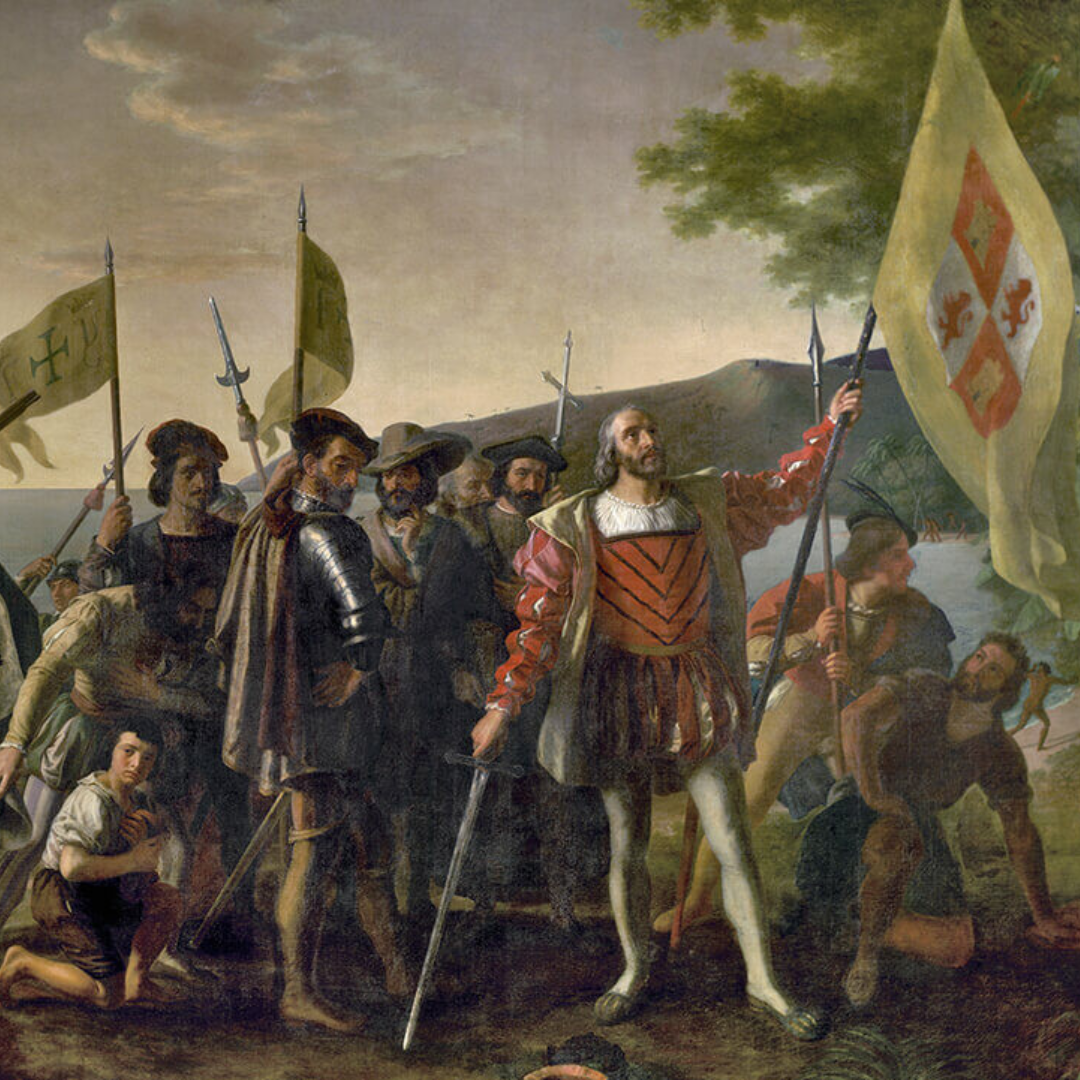
The Rise of Slavery and Plantation Economies
The demand for crops like sugar and tobacco fueled the transatlantic slave trade, making plantations central to colonial economies. Enslaved Africans not only provided labor but also shaped the cultural identity of the Americas. The plantation system drove deforestation, soil depletion, and economic inequality, illustrating how early globalization thrived on exploitation.
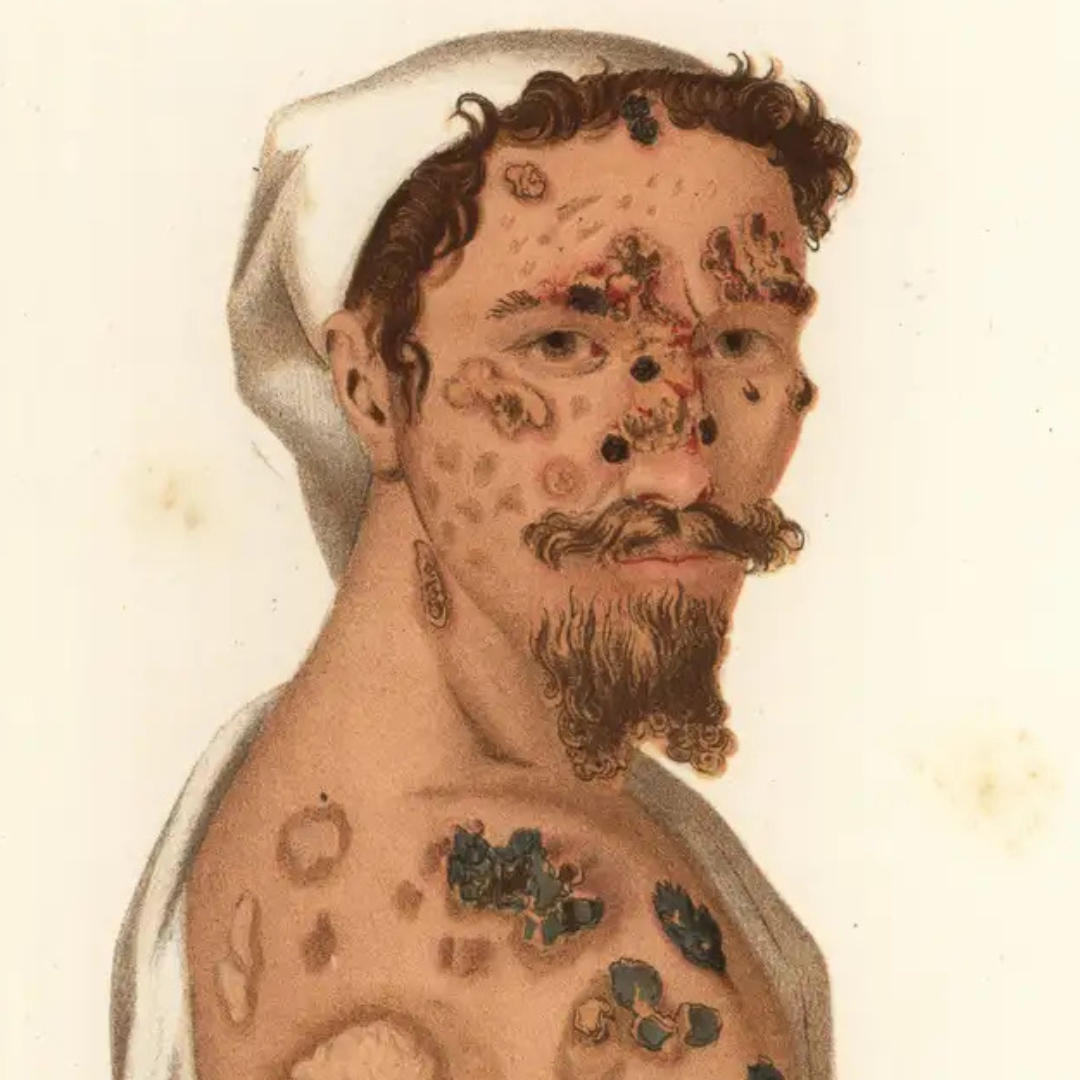
Diseases and Ecological Disruptions
European diseases wiped out up to 90% of Indigenous populations in the Americas, making conquest easier. The introduction of livestock, invasive species, and new agricultural practices transformed ecosystems. Mann emphasizes how globalization was not just economic but also biological, permanently altering human and environmental history.
Frequently Asked Questions
What is the main focus of 1493?
1493 explores the global impact of the Columbian Exchange, the widespread transfer of plants, animals, people, ideas, and diseases between the Americas and the rest of the world after Christopher Columbus’s voyages. Mann emphasizes how this exchange reshaped economies, environments, and cultures across the globe, creating the first truly interconnected world.
How does 1493 differ from Charles C. Mann’s previous book, 1491?
While 1491 examines the Americas before European contact, 1493 focuses on the aftermath of Columbus’s voyages and the profound global transformations that followed. 1491 sheds light on indigenous cultures and civilizations, whereas 1493 looks at the worldwide consequences of their encounter with Europe, Africa, and Asia.
What are some key examples of the Columbian Exchange discussed in 1493?
Mann discusses the introduction of crops like potatoes, tomatoes, and maize from the Americas to Europe and Asia, as well as the spread of diseases like smallpox and malaria to the Americas. He also explores how the movement of people, including enslaved Africans, reshaped societies and economies, especially in the Americas and Europe.




